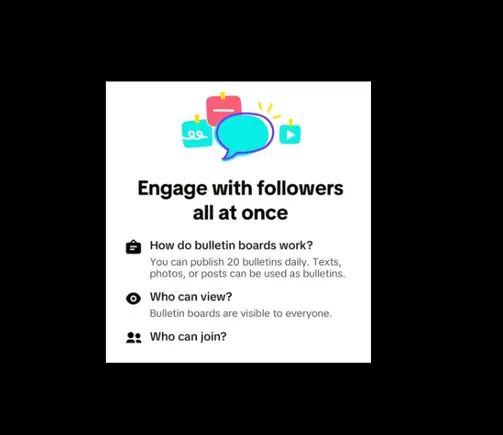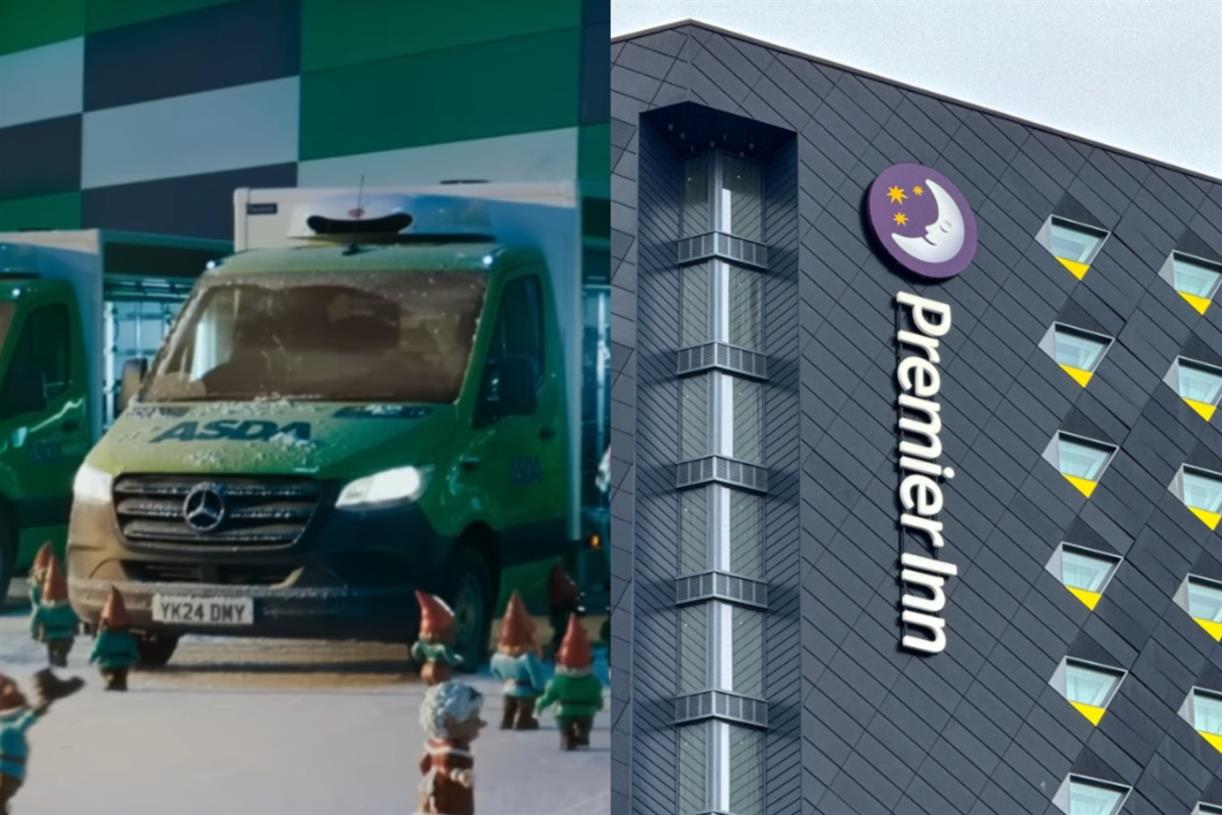Content Optimization Guide for Higher Rankings
Content is one of the most important ranking factors. This has been mentioned by Google and proved by SEO specialists many times. Search engines don’t limit themselves to keyword matching anymore, they’ve progressed significantly. Thus, content optimization is much...

Content is one of the most important ranking factors. This has been mentioned by Google and proved by SEO specialists many times.
Search engines don’t limit themselves to keyword matching anymore, they’ve progressed significantly. Thus, content optimization is much more than filling a page with target keywords.
Here I will tell you about all the content optimization steps to get your pages to the top.
Why is content optimization important?
Content optimization is the process of making your information easy to notice by search engines and target readers.
Content optimization facilitates the understanding of your pages by search engines. Properly optimized content increases the chances of getting ranked higher.
Content optimization makes your pages reader-friendly as well. Thus, you create comprehensible content for people who will enjoy it.
So, what should you do to make sure your content is properly optimized, and nothing prevents your pages from ranking?
1. Do keyword research
Search engines need keywords to understand the topic of your content and rank your page according to the search query. That said, keyword research helps you pick those keywords that will give your pages a traffic boost.
First, think about seed keywords – the simplest and most relevant words and phrases describing your topic. For example, if you sell furniture, just review the items you offer and turn them into seed keywords. Thus, you might get something like custom furniture, modular furniture, sectional sofas, coffee tables, etc.
Second, expand your list of seed keywords with more suitable keyword options. There are various methods for finding keywords. The most popular ones include:
Looking for search autocomplete suggestions – just enter a keyword in the search box and see which queries a search engine offers you.Collecting related keywords – add words or phrases synonymous with your target keywords, and search engines will rank your content for more keywords within a topic. This will help you reach the audience beyond your primary targeting. Also, using related keywords saves you from keyword stuffing.Finding your competitors’ keywords – see which keywords you haven’t used yet and add them to your keyword list.You can find these and more research methods in Rank Tracker, a keyword research software.
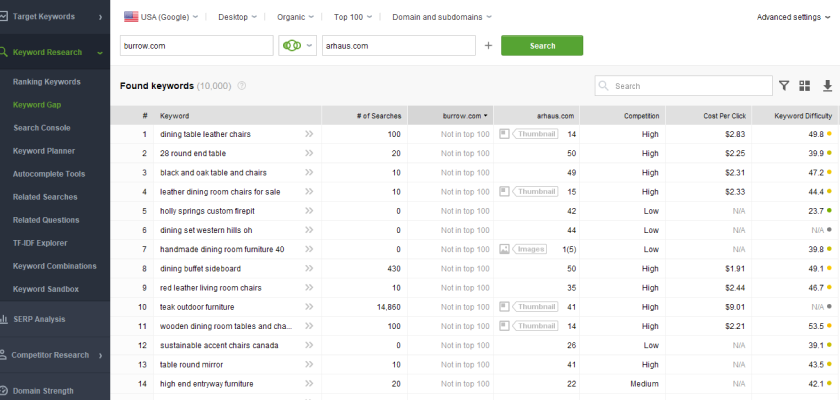
To learn more about keyword research and important keyword metrics to consider, read our step-by-step article on how to do keyword research.
Third, mind the search intent. Different pages have different purposes. For example, some of them are created to inform a user, some – to make a user complete the desired action. All of them require keywords with a corresponding intent. There are four main types of search intent:
Informational – a user looks for information, e.g., British tv shows, restaurants in SohoNavigational – a user looks for a particular website or article without entering a URLCommercial investigation – a user looks for product comparisons, top lists, often begins a query with best, most, etc.Transactional – a user is ready to buy and looks for an offer, queries usually include buy, buy online, price, etc.For example, if your new page is aimed at ensuring transactions, you should target the corresponding keywords comprising words buy, purchase, etc.
Choose the type of search intent and pick the right keywords from those you’ve collected.
2. Do keyword mapping
As soon as you collect your keywords, you need to group and assign them to the relevant pages of your website.
A keyword map helps to organize your website’s content and avoid keyword cannibalization.
Keyword cannibalization happens if your new page is targeting the same group of keywords you’ve already used on some other page. Such pages will attempt to outrank each other.
To avoid this, try to consolidate extremely similar keywords into one topic, i.e., keyword group. Search engines prefer one valuable comprehensive page to two similar pages on your website.
You can make a keyword map yourself. Just create an Excel document or a Google Sheet and manually correlate your pages with the keyword groups.
But an automated tool will save you lots of time. For example, Rank Tracker can make the whole process much easier.
Rank Tracker has a built-in Keyword Map feature. The tool will automate your keyword grouping and simplify keyword assigning to any page.

1. Structure your content
Make your page easy to read. Both search engines and real users favor content that has distinctive points, a logical sequence, and a univocal message.
To achieve content clarity, it is important to make your text concise, well structured, and intelligible to search engines.
Here are some key points to ensure content clarity.
Title tags and meta descriptions
Title tags and meta descriptions tell search engines what your content is about. Also, this is one of the first things users see whenever your page appears on a search engine results page.

A well-optimized title and meta description make people want to click your link and might facilitate a higher ranking.
Keep your titles between 50-70 characters. The meta description can be put between 120-150 characters.
Make sure your titles and meta descriptions contain the most important keywords. As for the title, put the keyword closer to the beginning. Remember about the search intent. For example, if your page serves an investigational purpose, the title should include proper intent markers, such as best, top, and most.
Segments
Keep your thoughts precise and easy to comprehend. Slice your topic into intelligible pieces. Make sure that these pieces don’t exceed 3-5 lines per paragraph. Text segmentation allows search engines and users to quickly find what they need.
Each paragraph is a meaningful unit and should contain a complete thought. Ensure that each segment of your text gives a user valuable information. Some users will read the whole text, but some will look only for those parts that can answer their questions.
Headings
Headings systemize your content and make its ideas easy to follow. Such a step-by-step format requires using different types of headings: H1, H2, H3, etc.
H1 tag is SEO-crucial. There should be one H1 heading on a page. Remember to add relevant keywords to it and don’t make your H1 longer than 70 characters. Stay consistent, H2 should follow H1, and H3 – follow H2. Don’t get spammy: search engines don’t like loads of unnecessary headings and decrease their value.
Markup implementation
Schema markup is a piece of code that makes your page easily comprehensible for search engines.
Besides, markup implementation increases your chances of winning a rich snippet or appearing in a knowledge panel if your webpages already possess some authority.
There are many markup generators out there that will help create relevant Schema markup for your pages without any coding skills. I recommend using Google Structured Data Markup Helper or Schema Markup Generator by Merkle.
Overall page adequacy
Check whether your content meets essential minimums set by search engines to rank high:
Keyword presence – in a title, meta description, text body, headings, alt texts, link anchors.Adequate keyword density – make sure your text is not stuffed with keywords.The first point is clear: you need to add keywords to all these elements so that search engines will quickly get the idea of what your page is about.
As for the keyword density, keep in mind that search engines these days try to look at content the way people do. Yes, keywords let the engines know what your content is about. But stuffing texts with too many keywords can deteriorate ranking as much as readability.
Read your text. If the keywords don’t interfere with reading, then it’s an optimal amount.
You can check your content against these points with the help of a WebSite Auditor. Launch the tool and go to Page Audit > Content Editor. Pick a page you want to check and add a keyword you want to target.
The website audit tool will provide you with suggestions on how to optimize your content.

2. Mind your style
Keep your content direct and to the point, stay consistent. Here are a few principles to follow:
Make sure your topic is informative enough to get a whole webpage. Max out the subject’s potential. Sketchy or trivial content has poor ranking opportunities. What’s more, the content of poor quality may lead to manual actions against your whole website.Remember that your aim is not to namedrop or to mention things you’re not going to delve into. Neither readers nor search engines want to waste time guessing what the content is about. Write content to answer readers’ questions. Give as much information on the page as possible, so readers don’t leave it to find an explanation somewhere else.Use simple unambiguous words that make understanding of your content smooth and correct. Also, if a sentence is too long, see if it can be divided into several ones.Unique content is a must if you want to get that added value and lower competition. Uniqueness can be achieved thanks to personal experience that is never identical. Add your point of view and colour the content with case studies, experiments, and success stories.Maintain the same tone in your writing. Check the text for irrelevant points, uncorrected mistakes, and repetitions. Lack of proofreading discourages even the most patient readers.
3. Include Call-to-Action
CTAs help bring readers to important pages, simplify user routes through your website, and secure conversions.
There are different CTA types:
Contact form submissionOrder form submissionLearn more buttonSharing on social mediaNewsletter subscriptionRegistering for an eventAll of them convey a user impulse to get more from the content. But placing CTAs should be done right to get conversions.
First, focus on one CTA on a page. Place it properly. Look through the text and think about where that clicking impulse comes naturally. There are special tools providing you with a heatmap that helps you find the most clickable places on a page.
Second, don’t be too generic– make your CTA clear and straightforward so that users know exactly what to expect after a click. However, try to limit yourself to up to 5 words max.
Third, focus on adding only CTAs that are crucial for you. In case there are too many, say, forms for downloadable content, users might choose them over a free trial button.
6. Add visuals
Visuals power up our attention span. They help to stay engaged, process the content and remember its key points. Since visuals are catchy, there are more chances that users stay on your page or share your content.
Be creative, use infographics, graphic quotes, photos, memes, GIFs, and infographics to make your content easy to perceive.
For example, content infused with graphics or images brings up to 94% more views than plain text. And publications featuring videos reportedly increase organic traffic by 157% and boost content sharing.
Whereas people like illustrated content, search engines like visuals optimized for search. Well-optimized images might rank high in Google Images bringing you traffic from there, whereas optimized videos can even appear on SERP.
If you want your videos and images to rank high, here are some to-do points:
For videos
Choose popular and safe video platforms for embedding videos in your website content.Fill out a title tag to help search engines learn what a video is about.Use keywords in titles, yet prioritize an appeal to readers.For images
Check what image size can be easily handled by your website.Add alt tags and name your images properly.Write captions to summarize or explain visuals.7. Interlink new content
Internal links directly participate in content optimization:
Interlinking helps search engines find new content quicker;Linking to a new page from some of your existing pages with high authority passed link juice to the new page, thus it gets more power;Internal links contribute to easy navigation, beneficial engagement, and a lower bounce rate.Make sure you link to your new content from relevant pages. Pay attention to anchor texts – they should be descriptive enough so that readers and search engines will clearly see what information they will find on the new page. Don’t overdo with interlinking. Having too many interlinks within one page diminishes the value of each link.
8. Keep content updated
There’s no need to create a new page if you already have one on some relevant topic, even though it’s old. Revise it. Change a year, update some information, refresh a few facts or examples, and your page is back in line.
When should you update a page?
A page contains a keyword that is still relevant, but the information got outdated.A page is still relevant, but its stats got lower. You can check this in Google Search Console: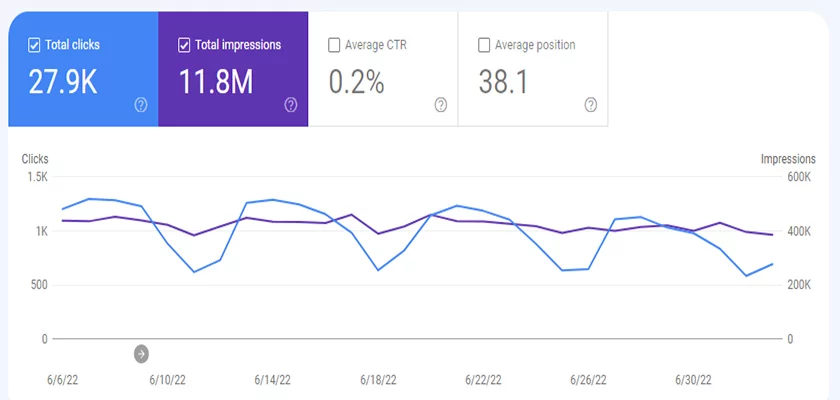
9. Scan for technical issues
Technical SEO comprises a wide range of aspects indicating your website crawlability and ranking potential.
When all the content work is done, don’t let technical factors ruin your efforts.
What should you keep in mind?
Security level. If your website is claimed insecure when a user attempts to visit it, your optimization efforts might as well go down the drain.Page availability. Broken resources and pages restricted from indexing deprive you of your ranking potential.Page speed. The time it takes a page to load influences your position in search results. Search engines prioritize fast-loading pages.URL structure. URLs should be SEO-friendly. Avoid special characters and keep its semantics clean.Mobile-friendliness. As Google switched to mobile-first indexing, keeping your mobile website sound will give you a significant ranking priority.Whereas all the points are quite clear, mobile-friendliness requires a deeper look.
Google has been practising mobile-first indexing for a few years already. It means that Google algorithms now start a website’s analysis from a mobile version. Thus, websites with an elaborate mobile version have more chances to rank high.
If you want to adapt your website to mobile gadgets quick and easy, choosing a responsive web design option will probably suit you best.
To check for possible webpage technical issues, you can use a special tool for website audit.
Let’s have a look at WebSite Auditor. Open the tool and find the Technical Audit tab. Click it and enter a page to scan and add keywords.
You will see the list of technical factors the tool checks your page against. The icons will notify you of errors or warn you about possible issues.
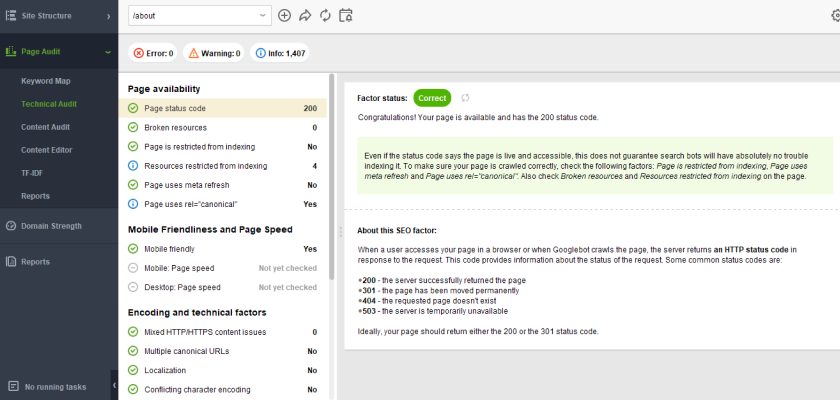
10. Engage in link-building
Backlinks are one of the most important ranking factors. They help you grow traffic and increase pages’ authority allowing your pages to rank higher.
Before finding new backlink opportunities, make sure there’s nothing wrong with existing backlinks.
Begin with fixing broken and redirected backlinks. You can do it with the help of the SEO SpyGlass tool. Launch the software, create a project enter a website, and go to the Backlinks tab. Here you can check all your existing backlinks. You’ll see
external sources linking to your pages and such metrics as backlink authority, Domain InLink Rank, dofollow or nofollow status.
To detect broken or redirected links, add Linked Page Status Code to the table of metrics. A temporarily or permanently redirected backlink will have a 302 and 301 status correspondingly. A broken one will have a 404 status code.
Pay attention at dofollow and nofollow status. I suggest focusing on fixing dofollow links first, as they are the ones that pass PageRank to your pages.
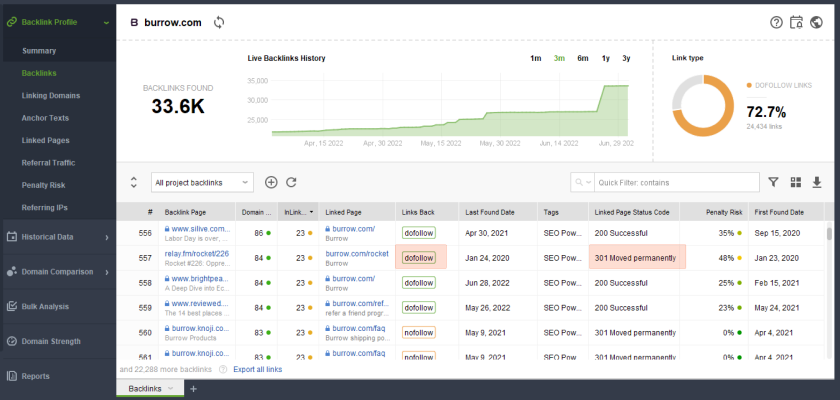
So, after you fixed your existing backlinks, you can begin to hunt for new ones.
There are several ways to get a backlink:
Guest posting.Participate in podcasts or video interviews.Share case studies.Host or sponsor an event.Allow backlinks from portfolios.Boost backlinking from social media accounts.Get backlinks from mentions and reviews.Ask your clients or partners to place a backlink on their sites.Find competitors’ broken backlinks (with SEO SpyGlass) and ask providers to replace those links with yours.Sharing your content via social media accounts may not directly boost your rankings, but it will surely contribute to brand exposure and traffic growth.
Pay special attention to social media coverage if you’re running a local business – in this case, social signals are a ranking factor, so, take this opportunity on.
Here are a few tips that will help you benefit from social networks:
Post regularly, be engaging, interact with users, and collaborate with influencers.Use keywords in your social networks’ profile descriptions and posts to contribute to their visibility.Place social share buttons on your webpage, so that your users can share your content to their accounts right from your website.Finishing touch
As far as you see, proper content optimization that involves working with text, visuals, and links will give you a significant ranking boost. Follow this guide to bring your pages to the top of Google SERPs.

 Konoly
Konoly 












_1.jpg)











.jpg&h=630&w=1200&q=100&v=a905e78df5&c=1)



